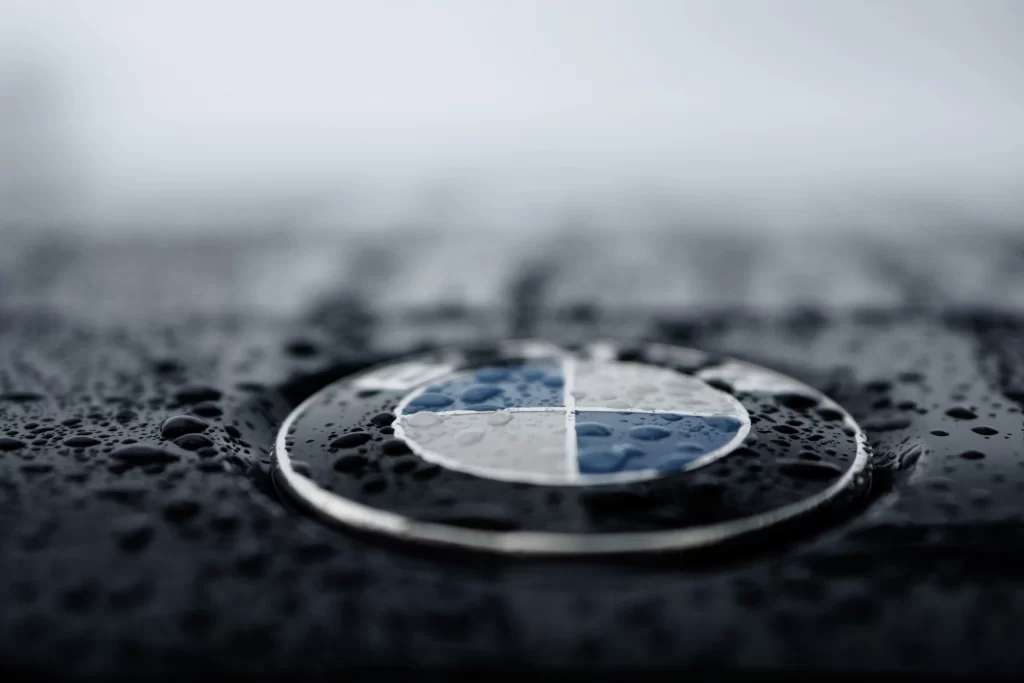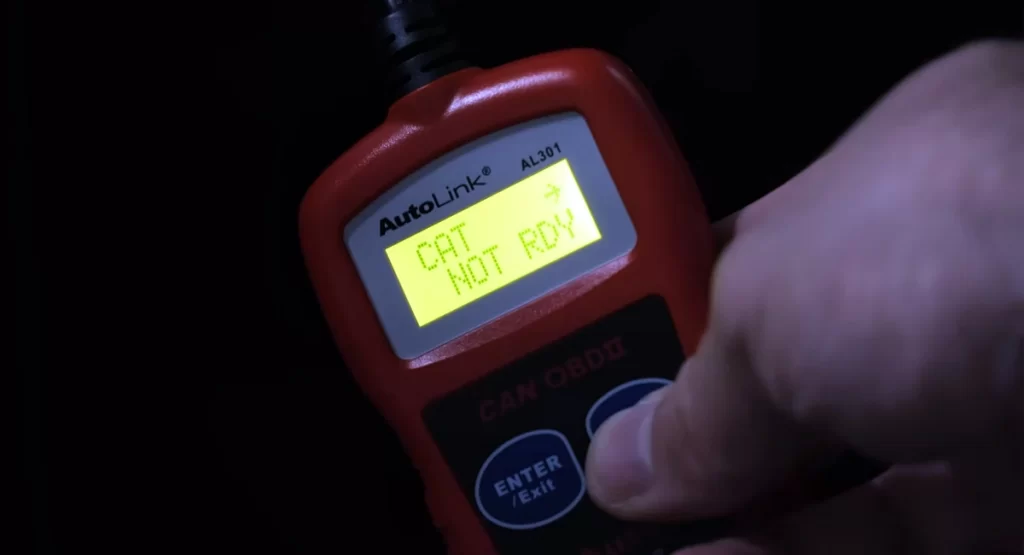The “BMW Catalytic Converter Monitor Not Ready” problem is very common in most BMW vehicles , and many people are reporting that they are facing this issue when trying to start their car. In this article we discuss how to fix the “BMW catalytic converter monitor is not ready” problem and almost everything you need to know related to it.
If you’ve replaced the battery, disconnected the battery, or managed to clear the codes after a repair, you’ll need to perform a drive cycle on your BMW. The driving cycle tests all of your vehicle’s emission systems and ensures that it is not polluting.
In the latter part of this article, we will discuss how to perform a drive cycle on your BMW. So stick to it until the end.
What is a BMW Catalytic Converter Monitor Not Ready, and what does it do?
The catalytic converter monitor assesses the converter’s ability to reduce harmful emissions. When the catalyst in the converter is working properly, oxygen from the exhaust gas is used up in the breakdown of other exhaust gas components (pollutants).
Under normal closed loop fuel control operating conditions, the reaction consumes all of the oxygen entering the converter. The PCM calculates converter efficiency by measuring the amount of oxygen entering and leaving the converter.
This is accomplished by comparing the outputs of the oxygen sensors located upstream and downstream. If the converter is working properly, there should be very little unburned oxygen remaining in the exhaust as it exits the converter.

What is the use of a catalytic converter monitor?
The converter monitor checks and monitors the conversion efficiency and gives out a report through graphical data. So you can get a clear reading on how things are going on in your catalytic converter.
So, what could be causing the catalytic converter monitor not to run?
The monitor should operate if you follow the drive pattern exactly. It could run and succeed, or it could run and fail, but it should run. It’s one of those things that only the team responsible for programming your ECM may be aware of.
When a catalyst monitor fails to start, it’s usually due to some undocumented logic. For example, I’ve discovered that faulty O2 or AF (air/fuel) sensors are to blame. The O2 sensor monitor has been run and passed, but the converter monitor will not start.
The catalyst monitor is activated on the first drive after replacing the underperforming O2 or AF sensor.
In their service information, some manufacturers list enabling conditions and dependencies. If we are fortunate enough to have this information, it is beneficial to record everything related to any condition or dependency in live data while performing the drive pattern.
When you know what the computer is looking at and then review the same data, the problem frequently jumps out at you. Sometimes it’s something stupid, like the monitor needs to be in drive to work.
Because the shifter position switch is broken, the computer thinks it’s in drive even though it’s cruising at 60 MPH. The computer will not run the monitor and has no logic built in to detect a bad shifter position switch.
How to troubleshoot the CCM not ready problem?
When troubleshooting the CCM, the following procedure has to be followed.
Check that the Engine Light is turned off.
The first and most important step is to ensure that the engine light is turned off. If your vehicle has active trouble codes, the monitor may not function properly.
Determine whether your vehicle has a coolant temperature.
A cold start initiates the drive cycle. Your vehicle’s engine coolant temperature should be less than 50°C (122°F) and within 6°C (11°F) of the air temperature. You can accomplish this by leaving your car parked overnight.
Allow the engine to idle for two minutes.
The next step is to start the engine and let it idle for two and a half minutes while keeping the rear defroster and air conditioner turned on.
maintain a constant speed of 55 miles per hour.
Now, turn off the rear defroster and ac and maintain a speed of 90 km/h (55 MPH) for nearly 3 minutes. The purge and fuel monitor diagnostics will take place during this time.
Reduce your vehicle’s speed to 20 mph.
Reduce your vehicle’s speed gradually to 32 km/hr (20 MPH). Avoid touching the clutch or braking system.
Increase the speed once more.
Return to 55 MPH (90 km/hr) at 3/4 throttle for nearly five minutes. During this time, the catalyst monitor diagnostics will be performed.
If the battery is disconnected or the catalyst is not ready, it may take five complete driving cycles to determine the catalyst’s status. For more information on catalyst monitors, consult car experts’ maintenance tips.
Come to a complete stop.
Now, slow down your vehicle and let it idle for 2 minutes.
How long does it take for a catalytic converter to reset?
The catalytic converter monitor may need precise driving circumstances to function. Depending on the vehicle application, this typically includes completing the oxygen sensor monitors first, followed by continuing to drive at highway speeds (60 to 65 mph) for at least 15 minutes under light load, no conflicts with other monitors that have not yet run (such as EVAP or EGR monitors, which may have to be completed before the catalyst monitor will run), and no fault codes that could affect the test’s accuracy.
Some automobiles require very particular drive cycles before the catalyst monitor will operate. In rare circumstances, the specified driving cycle may need to be repeated numerous times before the catalyst monitor will operate.

How do you complete a driving cycle?
Starting from scratch.
The engine coolant temperature must be below 122°F and within 11°F of the ambient air temperature at startup to be categorized as a cold start. If the key is left turned on prior to the cold start, the heated oxygen sensor diagnostic may not run.
Idle.
With the air conditioner and rear defroster turned on, the engine must run for two and a half minutes. The greater the electrical load, the better. This will put the O2 heater, passive air, purge “no flow,” misfire, and fuel trim to the test.
Quicken your pace.
Turn off the air conditioner and all other loads and drive at half throttle until you reach 55mph. Misfire, fuel trim, and purge flow diagnostics will be done during this time.
Maintain Consistent Speed
Maintain a constant speed of 55 mph for 3 minutes. During this time, diagnostics on the O2 response, air intrusion, EGR, purge, misfire, and fuel trim will be done.
Slow down.
Remove your foot from the accelerator pedal. Do not shift, brake, or use the clutch. It is critical to let the car coast down to 20 mph gradually. EGR, purge, and fuel trim diagnostics will be performed during this time.
Quicken your pace.
Accelerate at 3/4 throttle until you reach 55-60 mph. The same diagnostics will be performed as in step 3.
Maintain Consistent Speed.
Maintain a constant speed of 55 mph for five minutes. In addition to the diagnostics done in step 4, the catalyst monitor diagnostics will be performed during this time. If the catalyst is in poor condition or the battery has been removed, it may take 5 complete driving cycles to assess the catalyst’s condition.
Slow down.
The same diagnostics will be performed as in step 5. Again, do not engage the clutch, brakes, or alter gears.
We hope you’ve got the answer that you’ve needed for the question, “Groaning Noise When Reversing” reading our explanation. If you have more questions just leave a comment below, and we are really straightforward to help you further. If you need review of the Fix a Drivetrain Malfunction, check this link for it. Thank you.
